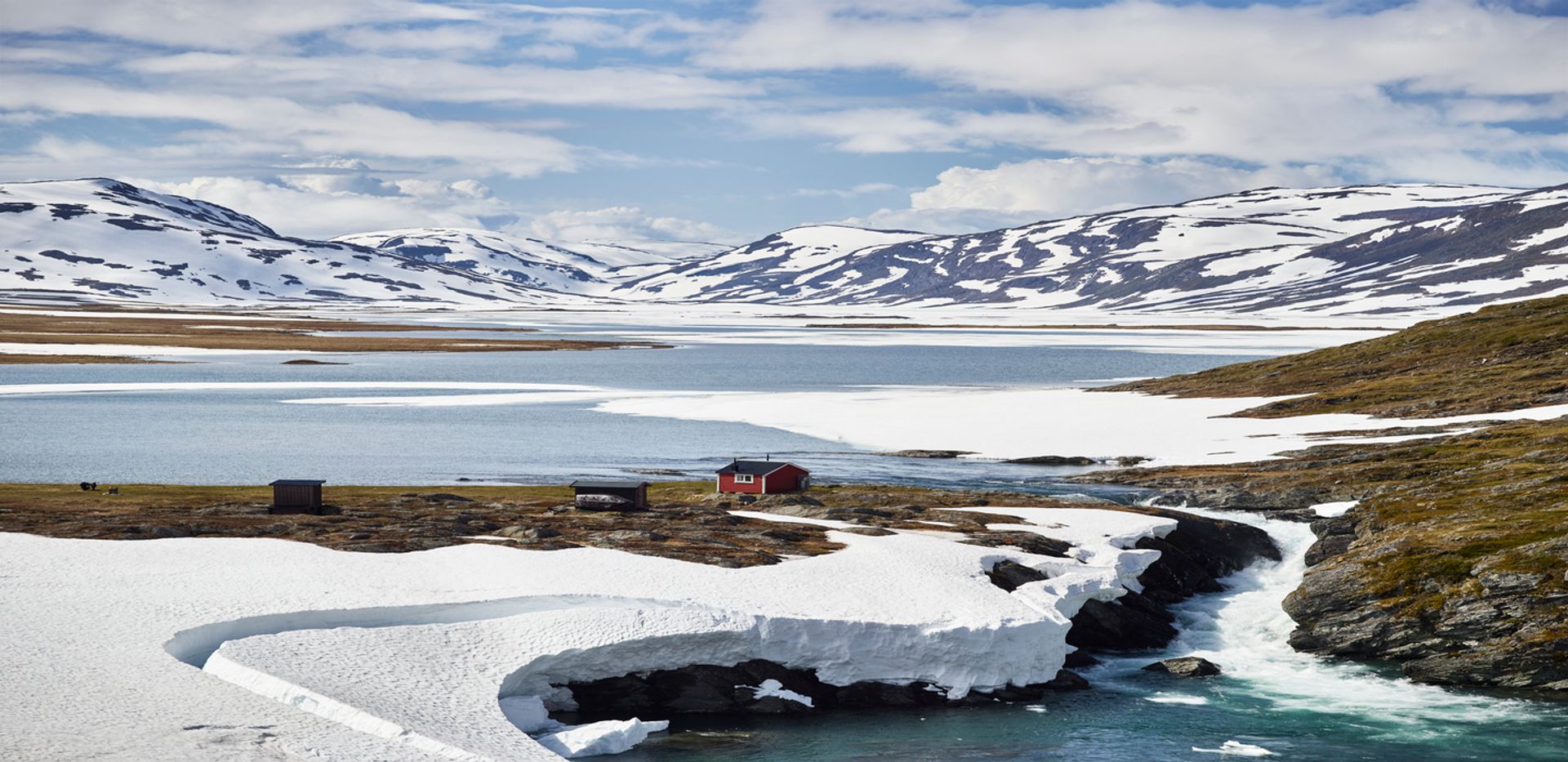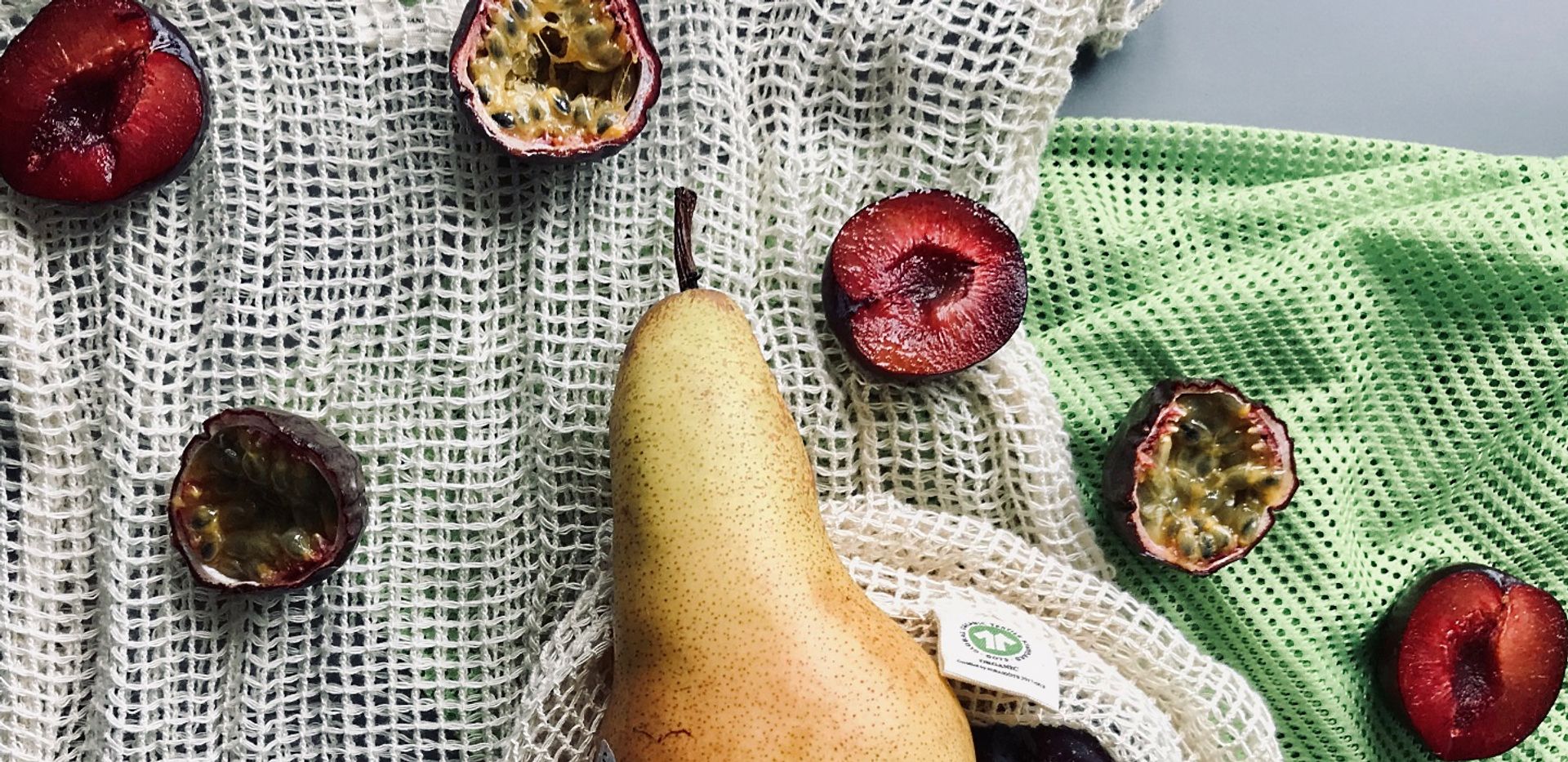
Written by Usisipho
17 Mar 2019
As part of the sustainability campaign, I decided to be more conscious about food choices. I’ve been exploring the shopping choices we have for food – both for groceries and on campus. There’s a lot to learn about, from carbon footprints, packaging, and food origins.
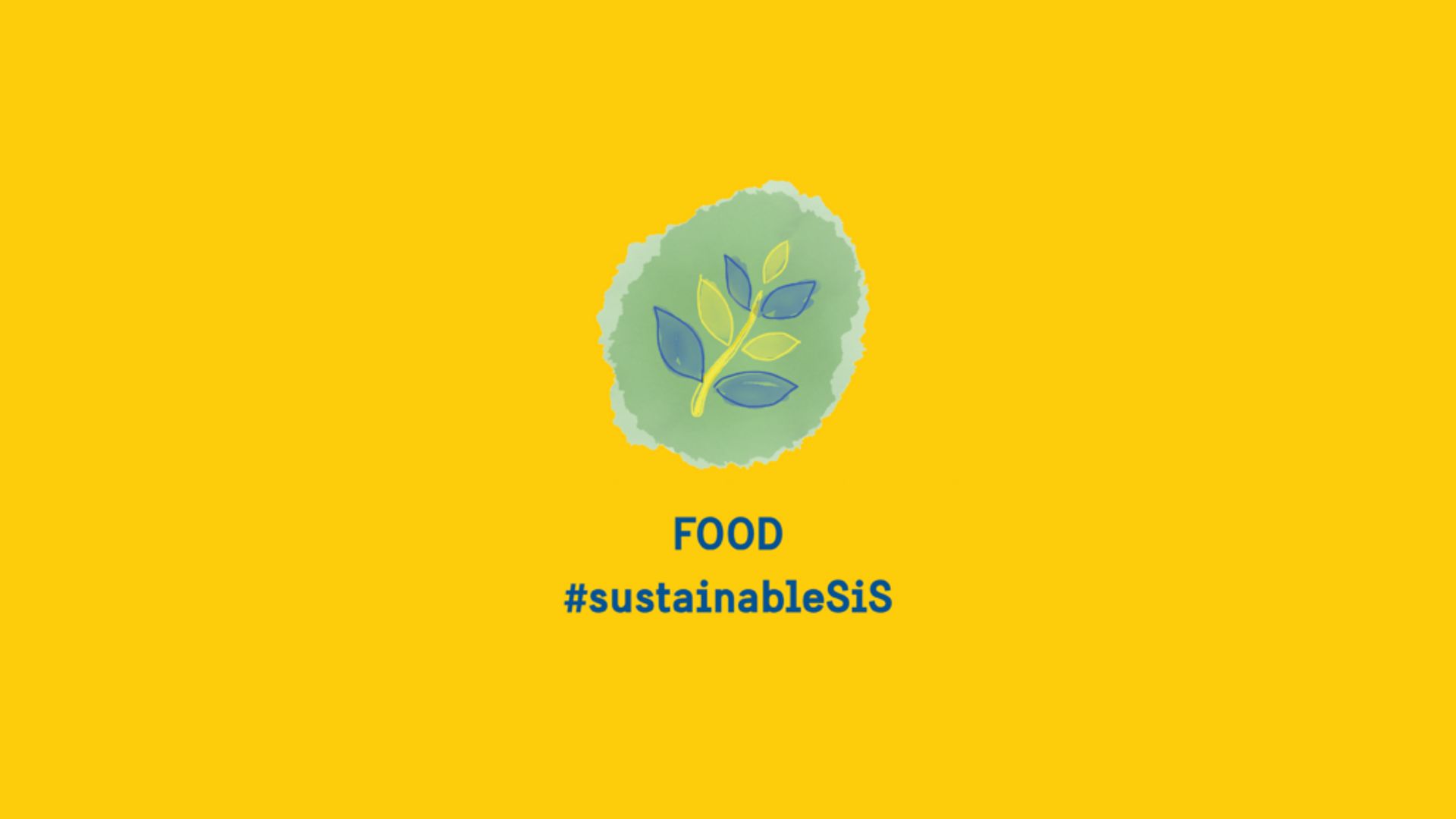
I’ve been doing my master thesis at Challenge Lab, and a few months ago some of my colleagues mentioned a unique food store. Some of their ideas are interesting to learn about when it comes to sustainability.
Fram Ekolivs ↗️ is a grocery store with a focus on sustainability, located in the neighbourhood of Haga. Haga is famous for its cosy cafes and hip boutiques. Probably exactly where you might expect such a shop! But what does this sustainability-focus really mean? What are some of the aspects to consider when shopping for more sustainable food? I decided to head over and find out!
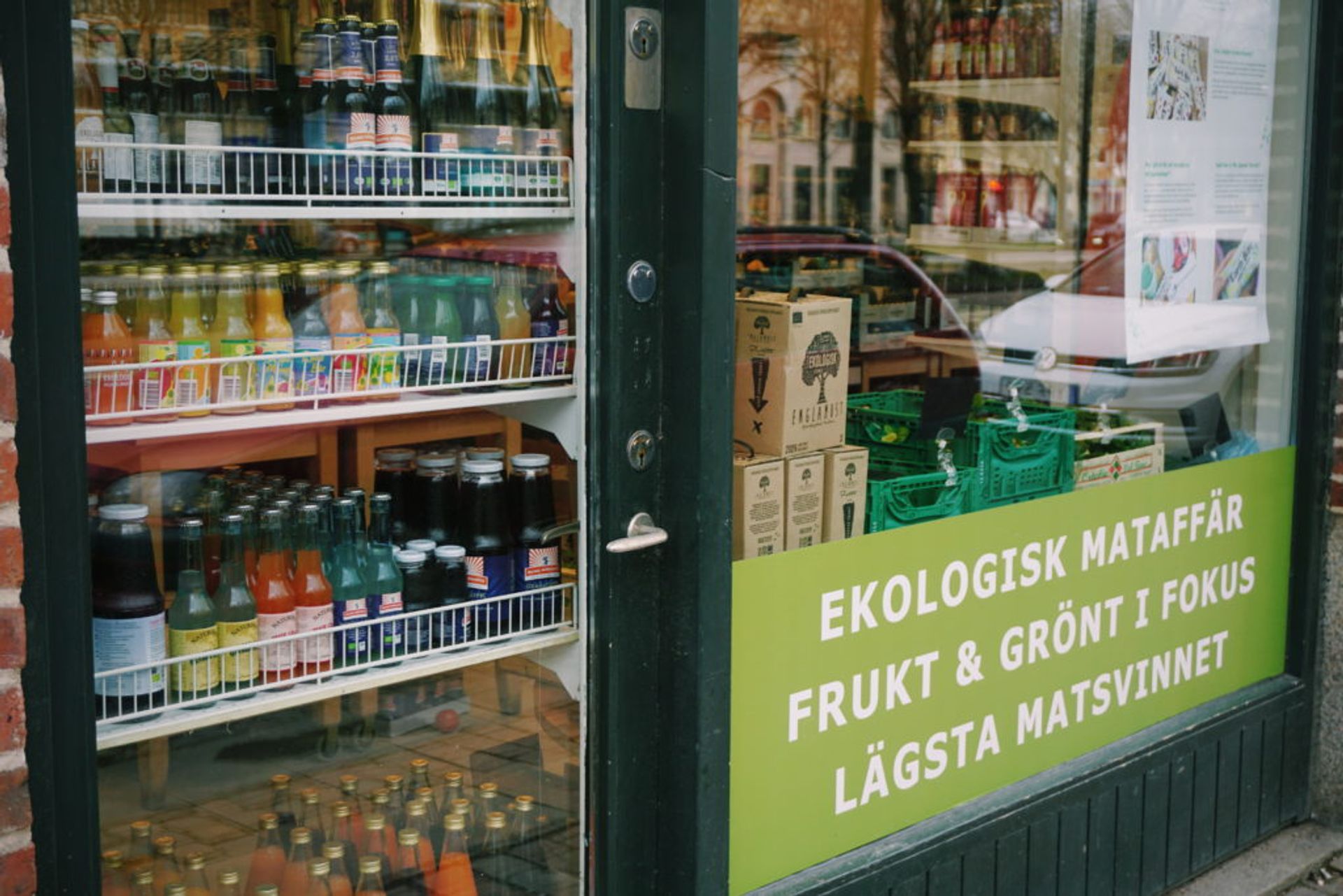
Organic produce
A lot of the products at food shops are ekologisk (organic). Although the term has slightly differing legal definitions around the world, usually it means:
- Grown without pesticides
- Grown without man-made fertilisers
- The crops are not genetically modified
- Feed given to the animals doesn’t contain additives
- The food isn’t irradiated
There is some debate about the link between sustainability and organic food. I will not try to sway you one way or the other. Rather, I’d like to encourage you to learn about the origins of what we eat, and the associated impacts!
Low packaging waste
Packaging accounts for a significant portion of food’s environmental impact – from the production of the packaging, to its disposal. However, reusing packaging is a good way to reduce it. Climate-smart shops allow customers to bring their own reusable packaging – a great idea!
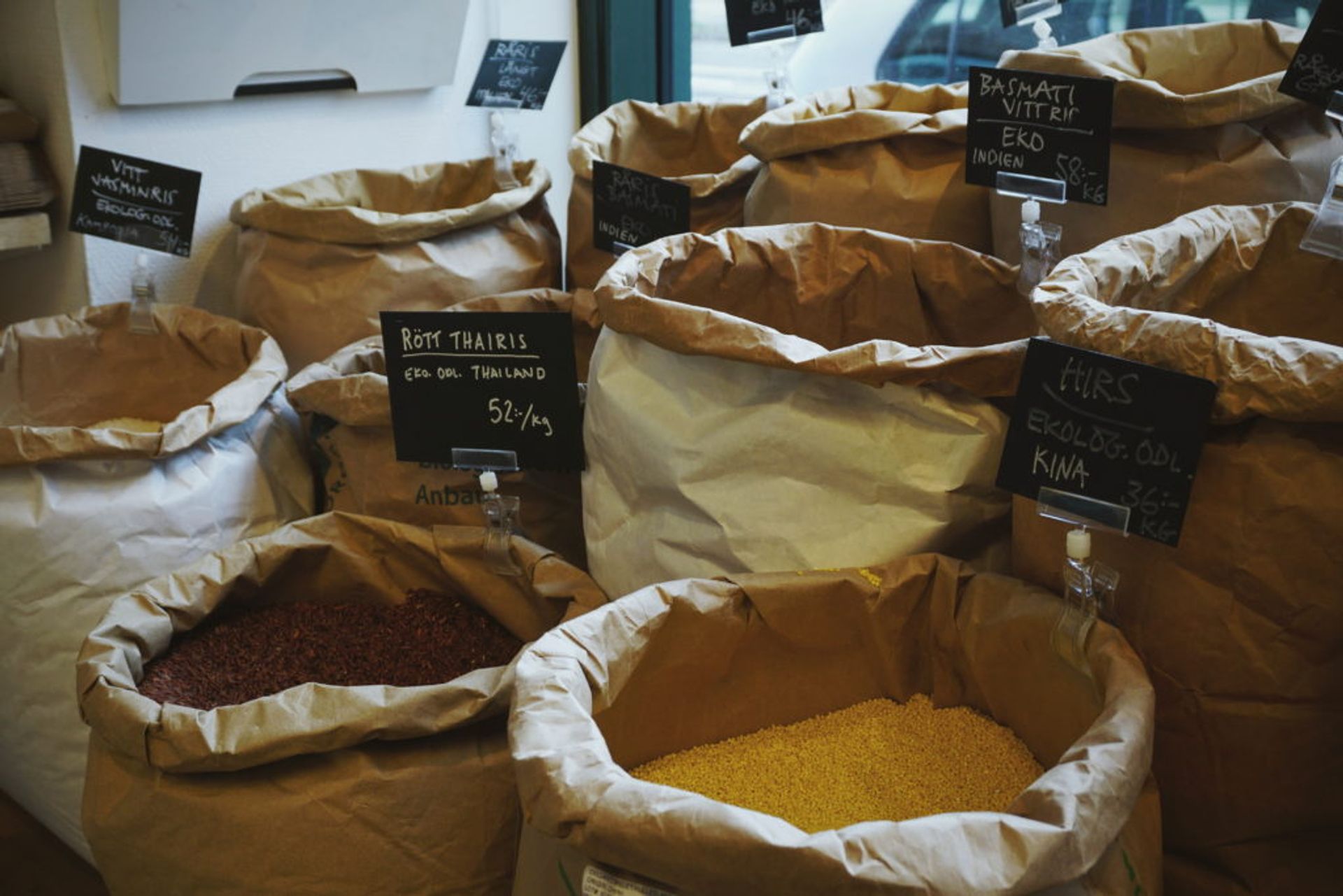
Seasonality
Buying fruits and vegetables in-season is a climate-smart approach. That’s because buying produce when it is suitable in your region reduces the need for transport and the use of energy-intensive greenhouses.
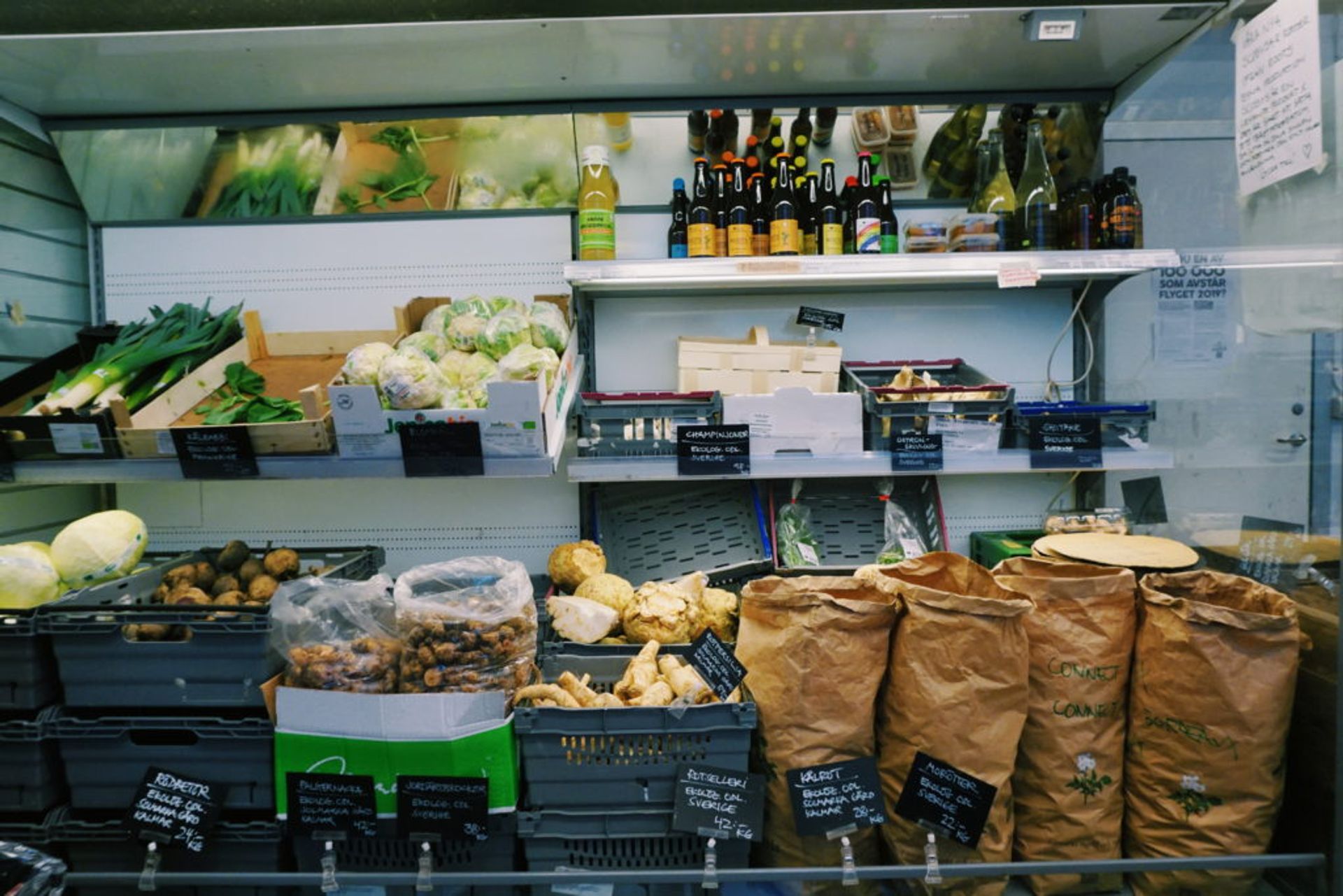
Sourcing information
Much of the produce at Fram Ekolivs is locally-sourced. This can often have benefits similar to buying in-season. It also has the benefit of knowing more about the farming and livestock practices. For example, you can find out about the conditions livestock are raised in. Is it free-range? What kind of animal feed was used?
Additionally, you can also know exactly where your produce comes from. This is important as food transportation increases environmental footprint. It is generally a good idea to buy food that isn’t transported long distances, and to avoid food that is transported by plane.
Buying prepared meals on campus is very convenient! However, sometimes transparency is an issue. When you buy food at a café or restaurant, it’s quite hard to know about its origins. Additionally, your choices can be quite limited. Luckily, there are some places at Chalmers that address this issue!
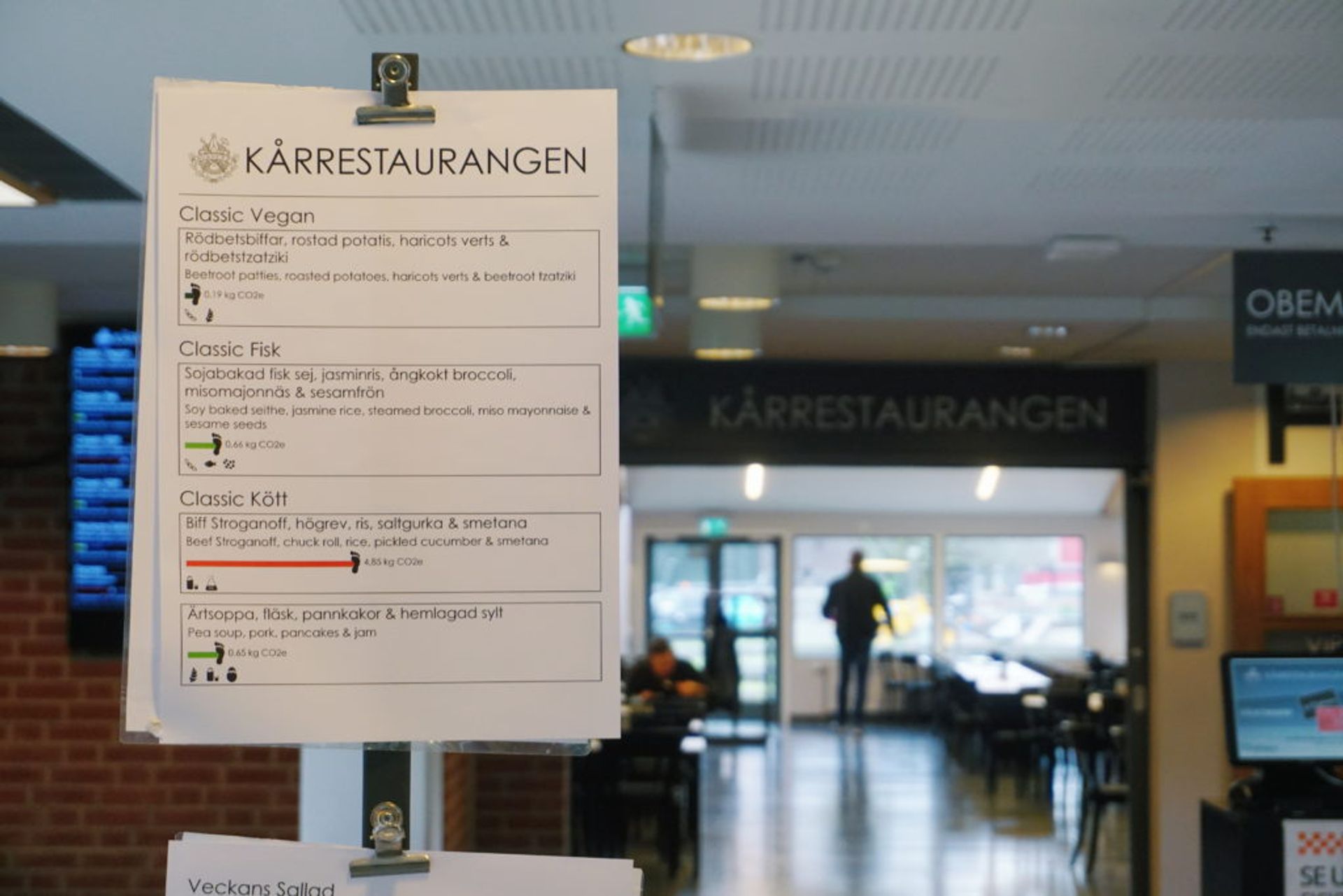
Chalmers Express and Kårrestaurangen
Chalmers Express and Kårrestaurangen are the most popular food spots on campus. They can be quite cheap; at Expess you can get a big lunch starting from 45 SEK. This lunch includes the main dish, a bread roll, and a side of salad. Kårrestaurangen is similar, but the food is slightlier fancier and pricier. Here’s a few way these student food spots incorporate sustainability:
Vegan/vegetarian options
Vegan meals are usually more ecologically-friendly. This is because plant-based meals generally require less energy and material input than animal products. Both restaurants always have a vegan/vegetarian option! Kårrestaurangen has even more options, including a fish option and soup.
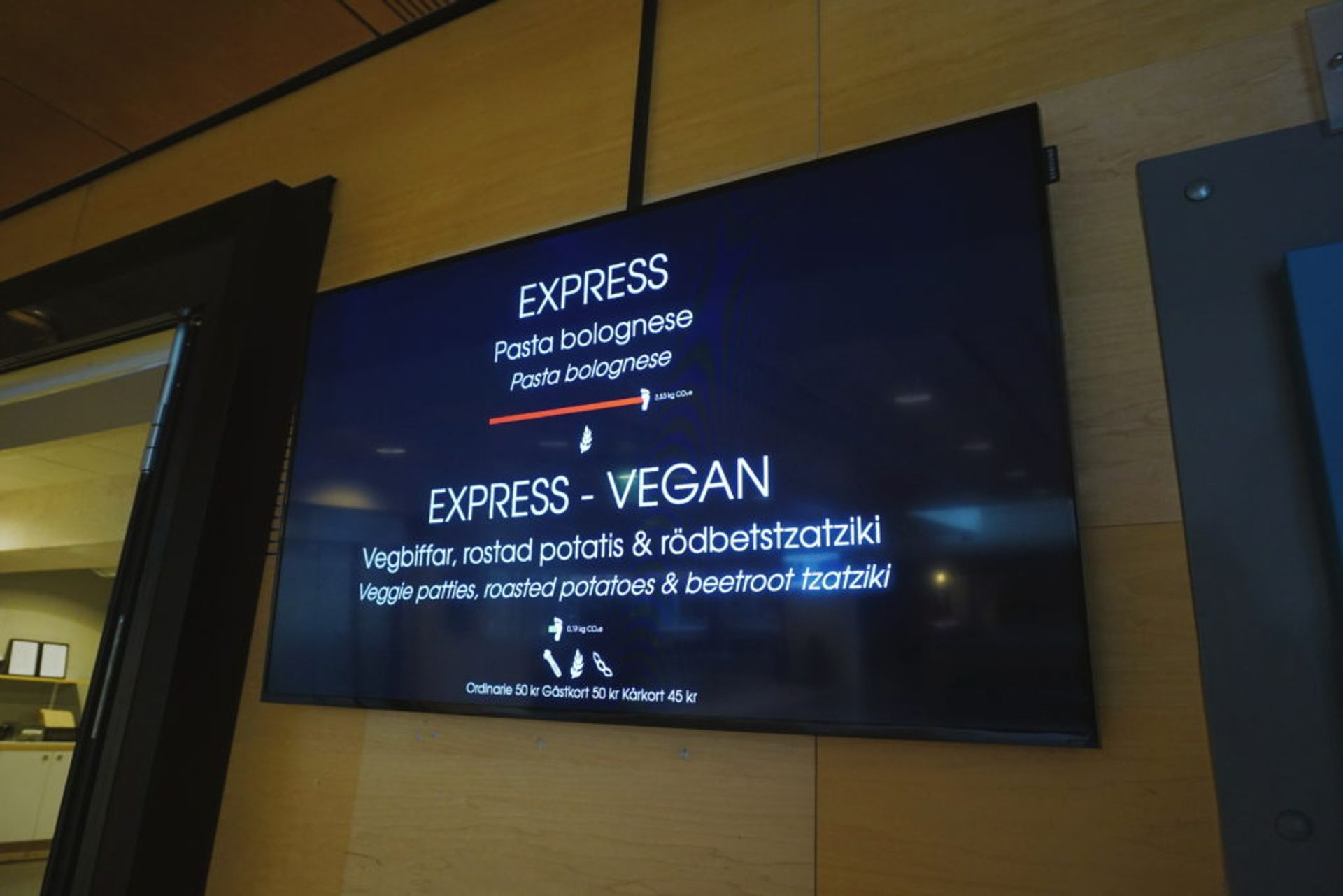
Carbon emissions
Something I really like about these restaurants is that every meal they serve has a carbon footprint indicator. It’s an awesome way of showing an aspect of sustainability. It also encourages people to use information to make informed decisions. It’s definitely swayed me to choose the more climate-friendly option on a number of occasions.
In closing, here’s an interesting video by fellow ambassador, Judith:
What encourages you to make more sustainable choices? Do you have any of your own tips? Leave them in the comments below!
Still curious about the sustainability of what you eat? Check out Lauren’s quiz!



